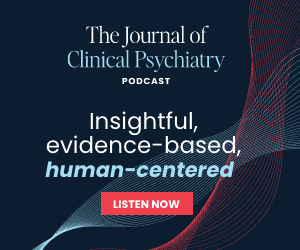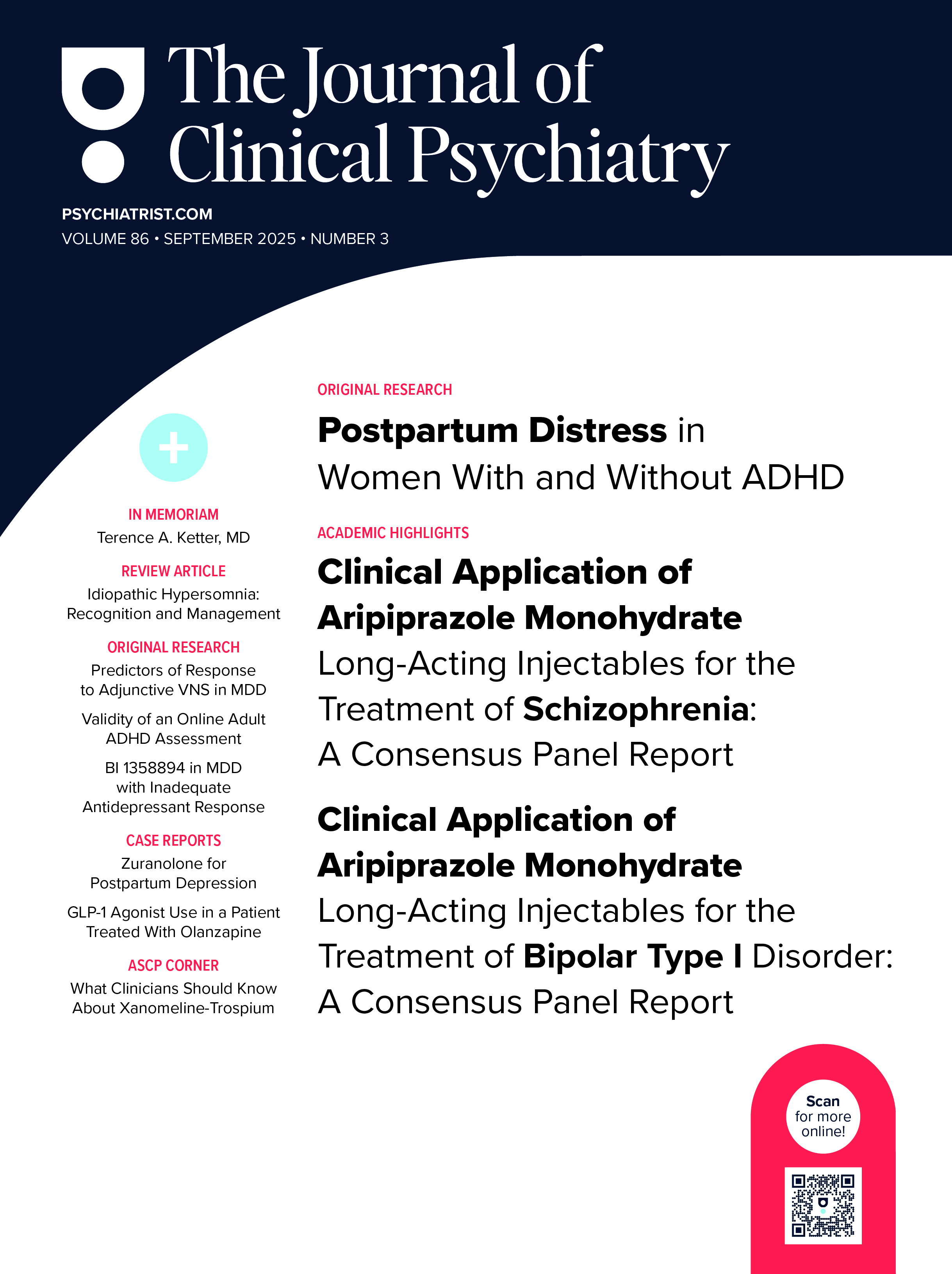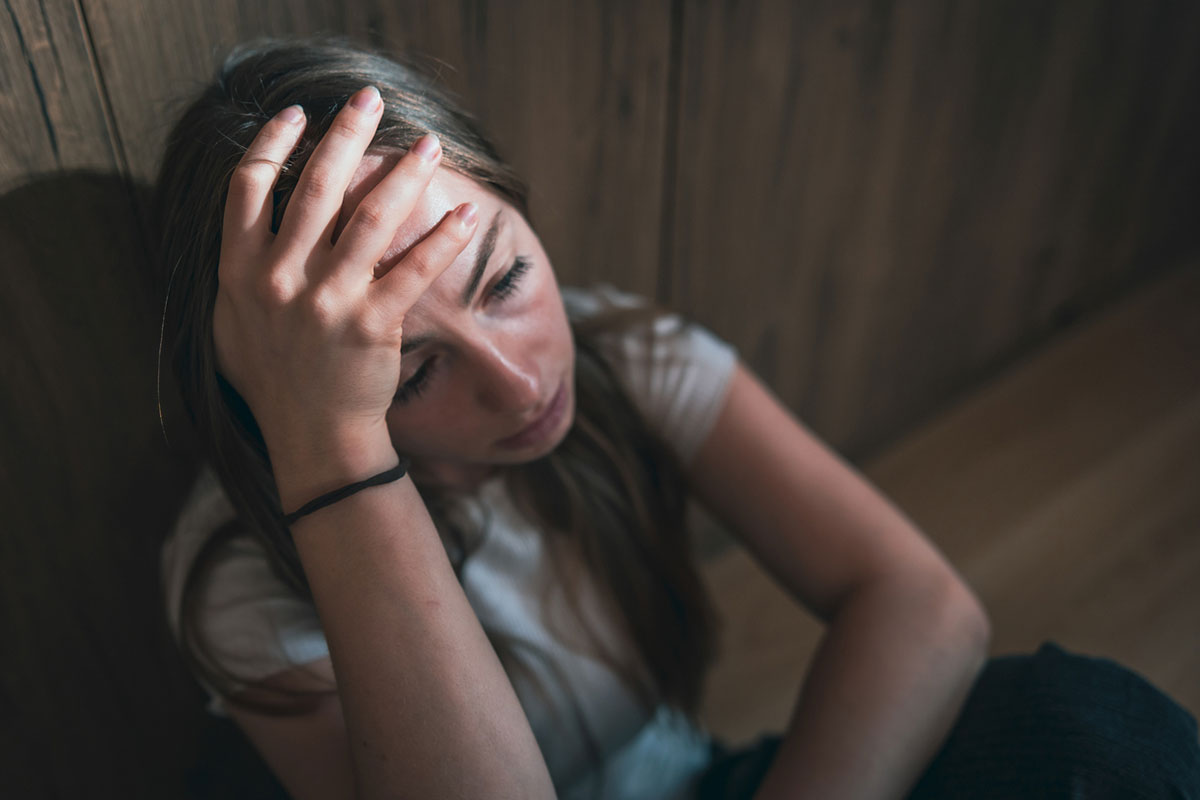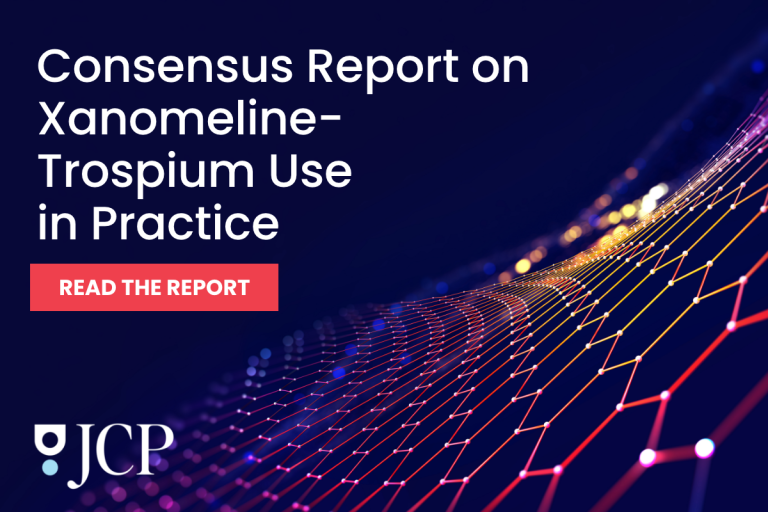Abstract
Objective: This dose-escalation study aimed to evaluate the tolerance (hypomanic symptoms) and efficacy of bright light therapy (BLT) in depressed patients with bipolar disorder (BD) with mood stabilizers, using different schedules (duration and escalation), applied in morning or midday.
Methods: Patients with BD I or II (DSM-IV TR) followed a 1-week placebo phase and were randomized to morning or midday BLT with dose escalation from 7.5 to 45 minutes/d, until September 2023. Inter- and intrasubject escalation were performed, with dose adjustments based on dose-limiting toxicities (DLTs) to determine the maximum tolerated dose (MTD) and target ceiling dose (TCD) of BLT exposure. The primary outcome measure, DLT, was assessed weekly after each dose initiation or increase and defined as a hypomanic switch (Young Mania Rating Scale [YMRS] score ≥12/60) or subsyndromic hypomanic symptoms (YMRS score 8–12).
Results: Both groups reached the starting dose of 45 minutes without reaching the MTD or TCD, enrolling 38 patients (morning = 18 and midday = 16) and demonstrating good tolerance and acceptability. Two patients (6%) experienced a hypomanic switch at 45 minutes: 1 in the morning group (week 1) and 1 in the midday group (week 4). Five patients had subsyndromic hypomania. All symptoms improved within 3 days after dose reduction. Depressive symptoms (Montgomery Asberg Depression Rating Scale, P = .007) and Clinical Global Impression (CGI) scores (P < .001 for severity, P = .01 for improvement) significantly improved over time. A cumulative exposure effect was observed on CGI improvement (P = .038), alongside a starting dose effect over the weeks on CGI severity (P < .001) and the Flexibility Circadian Type Inventory (P = .042). The comparison between groups shows a higher CGI improvement score in the morning group (P = .035).
Conclusions: BLT is a viable antidepressant strategy for BD, safely starting at 45 minutes regardless of timing. Occurring hypomanic symptoms, if any, resolve quickly after dose reduction, provided there is careful monitoring.
Trial Registration: ClinicalTrials.gov identifier: NCT03396744.
J Clin Psychiatry 2025;86(3):25m15826
Author affiliations are listed at the end of this article.
Members Only Content
This full article is available exclusively to Professional tier members. Subscribe now to unlock the HTML version and gain unlimited access to our entire library plus all PDFs. If you’re already a subscriber, please log in below to continue reading.
References (39)

- Geoffroy PA, Schroder CM, Bourgin P. Light treatment in depression: an antique treatment with new insights. Sleep Med Rev. 2018;40:218–219. PubMed CrossRef
- Geoffroy PA, Benedetti F, Schroder CM, et al. Lightening depression. Bipolar Disord. 2020;22(8):872–873. PubMed CrossRef
- Geoffroy PA, Fovet T, Micoulaud-Franchi JA, et al. [Bright light therapy in seasonal bipolar depressions]. Encephale. 2015;41(6):527–533. PubMed CrossRef
- Rosenthal NE, Sack DA, Gillin JC, et al. Seasonal affective disorder. A description of the syndrome and preliminary findings with light therapy. Arch Gen Psychiatry. 1984;41(1):72–80. PubMed CrossRef
- Geoffroy PA, Schroder CM, Reynaud E, et al. Efficacy of light therapy versus antidepressant drugs, and of the combination versus monotherapy, in major depressive episodes: a systematic review and meta-analysis. Sleep Med Rev. 2019;48:101213. PubMed CrossRef
- Maruani J, Geoffroy PA. Multi-level processes and retina-brain pathways of photic regulation of mood. J Clin Med. 2022;11(2):448. PubMed CrossRef
- Geoffroy PA. Clock genes and light signaling alterations in bipolar disorder: when the biological clock is off. Biol Psychiatry. 2018;84(11):775–777. PubMed CrossRef
- McClung CA. How might circadian rhythms control mood? Let me count the ways. Biol Psychiatry. 2013;74(4):242–249. PubMed CrossRef
- Harvey AG. Sleep and circadian rhythms in bipolar disorder: seeking synchrony, harmony, and regulation. Am J Psychiatry. 2008;165(7):820–829. PubMed CrossRef
- Wirz-Justice A, Benedetti F. Perspectives in affective disorders: clocks and sleep. Eur J Neurosci. 2020;51(1):346–365. PubMed CrossRef
- Basquin L, Maruani J, Leseur J, et al. Study of the different sleep disturbances during the prodromal phase of depression and mania in bipolar disorders. Bipolar Disord. 2024;26(5):454–467. PubMed CrossRef
- McCarthy MJ, Gottlieb JF, Gonzalez R, et al. Neurobiological and behavioral mechanisms of circadian rhythm disruption in bipolar disorder: a critical multi disciplinary literature review and agenda for future research from the ISBD task force on chronobiology. Bipolar Disord. 2022;24(3):232–263. PubMed CrossRef
- Gottlieb JF, Benedetti F, Geoffroy PA, et al. The chronotherapeutic treatment of bipolar disorders: a systematic review and practice recommendations from the ISBD task force on chronotherapy and chronobiology. Bipolar Disord. 2019;21(8):741–773. PubMed CrossRef
- Pompili M, Venturini P, Palermo M, et al. Mood disorders medications: predictors of nonadherence - review of the current literature. Expert Rev Neurother. 2013;13(7):809–825. PubMed CrossRef
- Benedetti F. Rate of switch from bipolar depression into mania after morning light therapy: a historical review. Psychiatry Res. 2018;261:351–356. PubMed CrossRef
- Sit D, Wisner KL, Hanusa BH, et al. Light therapy for bipolar disorder: a case series in women. Bipolar Disord. 2007;9(8):918–927. PubMed CrossRef
- Sit DK, McGowan J, Wiltrout C, et al. Adjunctive bright light therapy for bipolar depression: a randomized double-blind placebo-controlled trial. Am J Psychiatry. 2018;175(2):131–139. PubMed CrossRef
- Geoffroy PA, Abbassi EMBE, Maruani J, et al. Bright light therapy in the morning or at mid-day in the treatment of non-seasonal bipolar depressive episodes (LuBi): study protocol for a dose research phase I / II trial. Psychiatry Investig. 2018;15(12):1188–1202. PubMed CrossRef
- First MB. Structured Clinical Interview for the DSM (SCID). In: The Encyclopedia of Clinical Psychology. John Wiley & Sons, Inc; 2014.
- Nolen WA, Licht RW, Young AH, et al. What is the optimal serum level for lithium in the maintenance treatment of bipolar disorder? A systematic review and recommendations from the ISBD/IGSLI Task Force on treatment with lithium. Bipolar Disord. 2019;21(5):394–409. PubMed CrossRef
- Langevin RH, Laurent A, Sauvé Y. Évaluation préliminaire de l’efficacité de la Luminette® chez des adolescents atteints du syndrome de retard de phase du sommeil (SRPS) : essai randomisé en simple insu et contrôlé par placebo. Médecine Sommeil. 2014;11(2):91–97.
- Sheiner LB, Beal SL, Sambol NC. Study designs for dose-ranging. Clin Pharmacol Ther. 1989;46(1):63–77. PubMed CrossRef
- Terman M, Terman J, Ross D. A controlled trial of timed bright light and negative air ionization for treatment of winter depression. Arch Gen Psychiatry. 1998;55(10):875–882. PubMed CrossRef
- Terman M, Terman JS. Bright light therapy: side effects and benefits across the symptom spectrum. J Clin Psychiatry. 1999;60(11):799–809. PubMed
- Wirz-Justice A. From the basic neuroscience of circadian clock function to light therapy for depression: on the emergence of chronotherapeutics. J Affect Disord. 2009;116(3):159–160. PubMed CrossRef
- Burgess HJ, Fogg LF, Young MA, et al. Bright light therapy for winter depression is phase advancing beneficial?. Chronobiol Int. 2004;21(4-5):759–775. PubMed CrossRef
- Praschak-Rieder N, Neumeister A, Hesselmann B, et al. Suicidal tendencies as a complication of light therapy for seasonal affective disorder: a report of three cases. J Clin Psychiatry. 1997;58(9):389–392. PubMed CrossRef
- Lam RW, Tam EM, Shiah IS, et al. Effects of light therapy on suicidal ideation in patients with winter depression. J Clin Psychiatry. 2000;61(1):30–32. PubMed CrossRef
- Sahlem GL, Kalivas B, Fox JB, et al. Adjunctive triple chronotherapy (combined total sleep deprivation, sleep phase advance, and bright light therapy) rapidly improves mood and suicidality in suicidal depressed inpatients: an open label pilot study. J Psychiatr Res. 2014;59:101–107. PubMed CrossRef
- Benedetti F, Riccaboni R, Locatelli C, et al. Rapid treatment response of suicidal symptoms to lithium, sleep deprivation, and light therapy (chronotherapeutics) in drug-resistant bipolar depression. J Clin Psychiatry. 2014;75(2):133–140. PubMed CrossRef
- Terman M, Terman JS. Light therapy for seasonal and nonseasonal depression: efficacy, protocol, safety, and side effects. CNS Spectr. 2005;10(8):647–672. PubMed CrossRef
- Leibenluft E, Turner EH, Feldman-Naim S, et al. Light therapy in patients with rapid cycling bipolar disorder: preliminary results. Psychopharmacol Bull. 1995;31(4):705–710. PubMed
- Levitt AJ, Joffe RT, Moul DE, et al. Side effects of light therapy in seasonal affective disorder. Am J Psychiatry. 1993;150(4):650–652. PubMed CrossRef
- Labbate LA, Lafer B, Thibault A, et al. Side effects induced by bright light treatment for seasonal affective disorder. J Clin Psychiatry. 1994;55(5):189–191. PubMed
- Gallin PF, Terman M, Remé CE, et al. Ophthalmologic examination of patients with seasonal affective disorder, before and after bright light therapy. Am J Ophthalmol. 1995;119(2):202–210. PubMed CrossRef
- Yatham LN, Kennedy SH, Parikh SV, et al. Canadian Network for Mood and Anxiety Treatments (CANMAT) and International Society for Bipolar Disorders (ISBD) 2018 guidelines for the management of patients with bipolar disorder. Bipolar Disord. 2018;20(2):97–170. PubMed CrossRef
- Dallaspezia S, Benedetti F. Antidepressant light therapy for bipolar patients: a meta-analyses. J Affect Disord. 2020;274:943–948. PubMed CrossRef
- Takeshima M, Utsumi T, Aoki Y, et al. Efficacy and safety of bright light therapy for manic and depressive symptoms in patients with bipolar disorder: a systematic review and meta-analysis. Psychiatry Clin Neurosci. 2020;74(4):247–256. PubMed CrossRef
- Wang S, Zhang Z, Yao L, et al. Bright light therapy in the treatment of patients with bipolar disorder: a systematic review and meta-analysis. PloS One. 2020;15(5):e0232798. PubMed CrossRef





